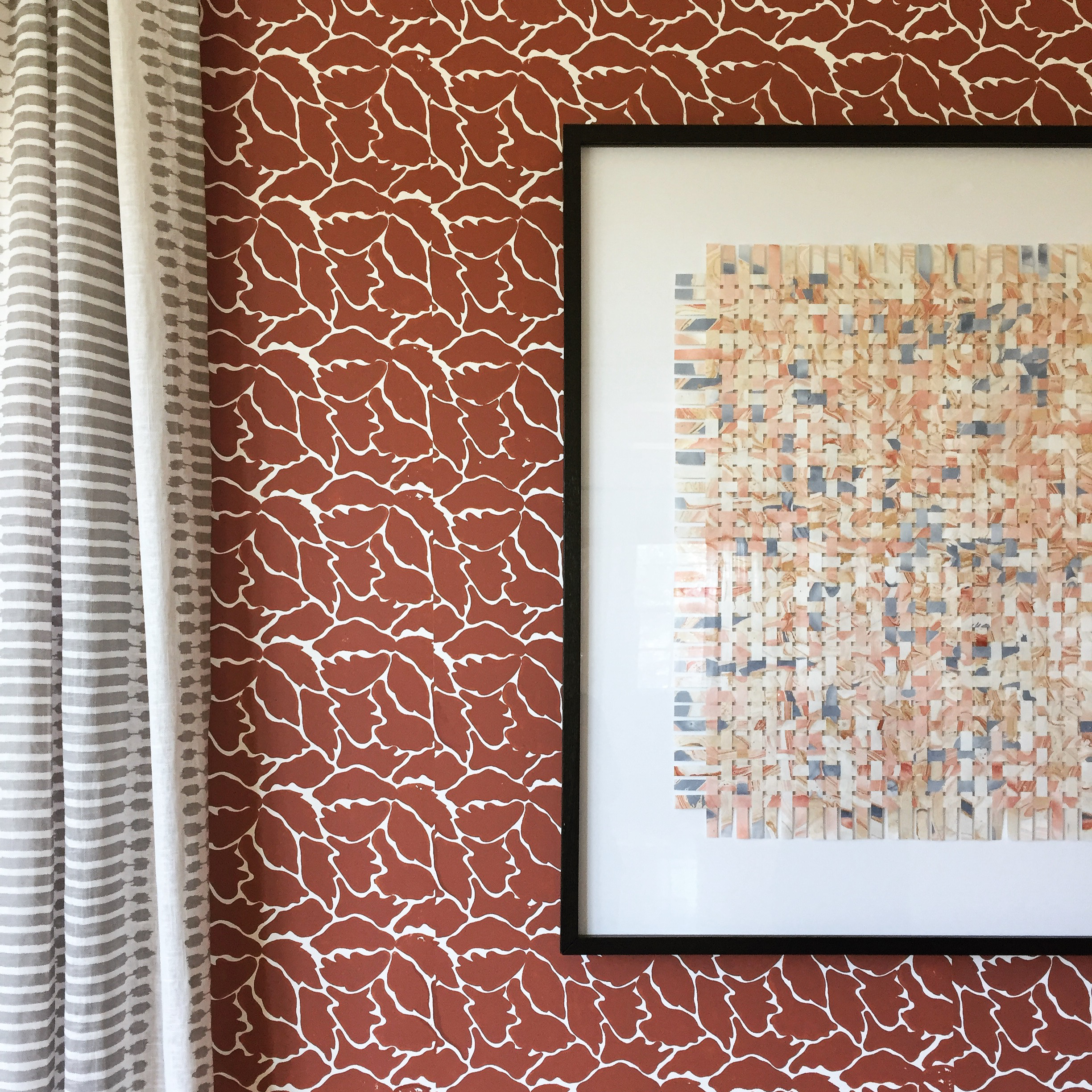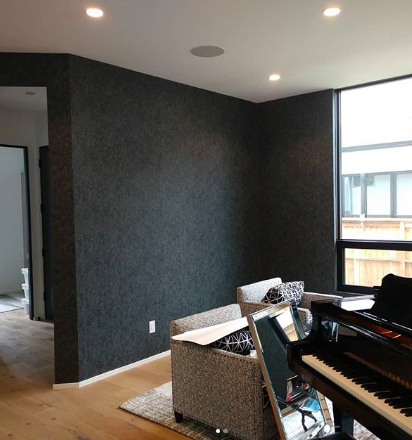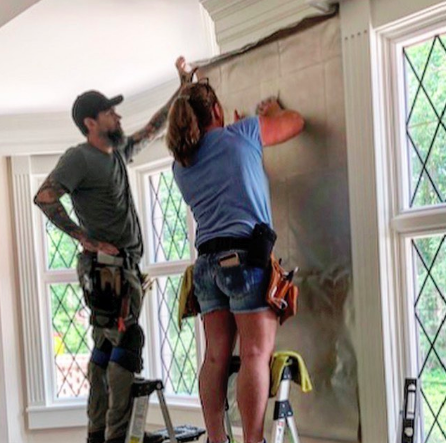
Minor repairs — things you can try to DIY
- Small punctures — You can patch or seal small tears or punctures with special wallcovering glues. While you can handle these projects yourself, wallcovering professionals are more likely to have the necessary skills. As well as the right tools and materials at hand.
- Lifted seams — Wallcoverings curling up at the edges represent another common and easy-to-fix wallcovering issue. Changes in climate or walls shifting as houses settle can cause these issues. You can fix these by brushing a small amount of wallpaper adhesive on the lifted area and repasting it down, being careful to smooth out any trapped air. However, this is best done when the lifted area is quite small. Once the lifted area becomes larger or tears — or if the wallcovering has been lifted away from the wall itself — it’s time to call in a professional.
Problems for the professionals
- Rips and tears — When wallpaper or other wall coverings tear away from drywall or plaster, they can damage the surface texture of the wall. You’d need to smooth and prime the wall before replacing the covering. If this is the case, you’re better off calling in an expert. If you attempt to adhere coverings to dirty or uneven surfaces, your wallcoverings won’t look nice. They also won’t last very long. Also, you will likely end up having to call an expert in before long, anyway.
- Dirt and stains — You can carefully wash many wallcoverings that have become stained or scuffed. However, you’ll want to call your installer for advice on what kinds of cleaners to avoid. Using the wrong chemicals can destroy your wallcoverings.
- Antiques — If your wallcoverings are antique, they will require even more care and special equipment for repairs. The work will depend heavily on the age, condition, and type of the material you have. In addition, how much time, patience, or energy you want to devote to the task. If you’re not an expert, hire someone who specializes in antique or vintage wallcovering hanging, repairs, and restorations.
Unless you know exactly what is on your walls, what’s behind it, and, likely, what’s behind that, it’s safer to have a professional come to examine the damage and prepare for repairs. Repairs may include anything from patching walls behind wallcoverings and washing or fixing papers to having to paint the wall to mimic the wallcovering pattern. It requires skill and patience — and a mistake could ruin your piece of history.
 If you’re planning a repair or restoration project and need assistance from a professional wallcovering installer, use the Wallcovering Installers Association (WIA) Find an Installer tool to seek out the accredited professional installers of the WIA for help. Want to become a WIA member? Contact a WIA representative today!
If you’re planning a repair or restoration project and need assistance from a professional wallcovering installer, use the Wallcovering Installers Association (WIA) Find an Installer tool to seek out the accredited professional installers of the WIA for help. Want to become a WIA member? Contact a WIA representative today!




